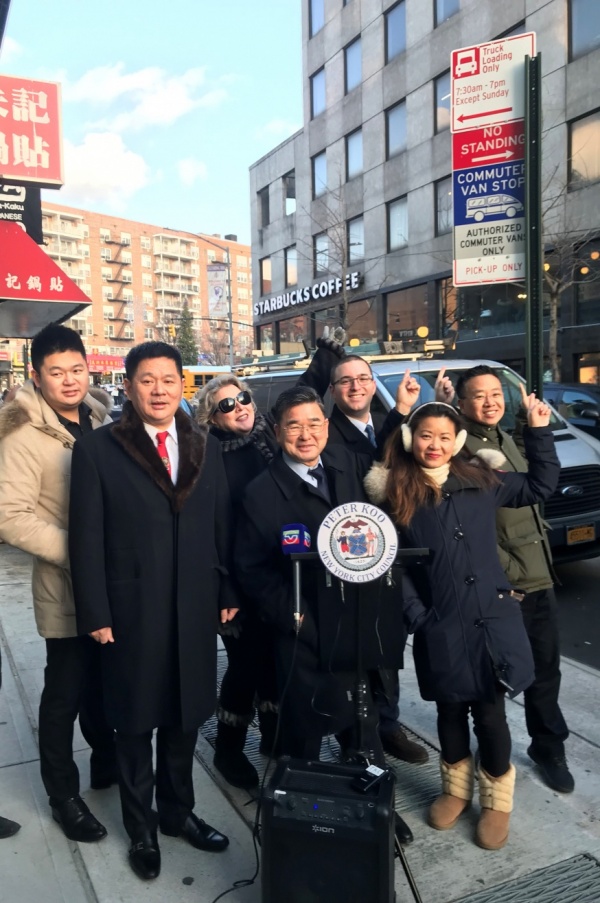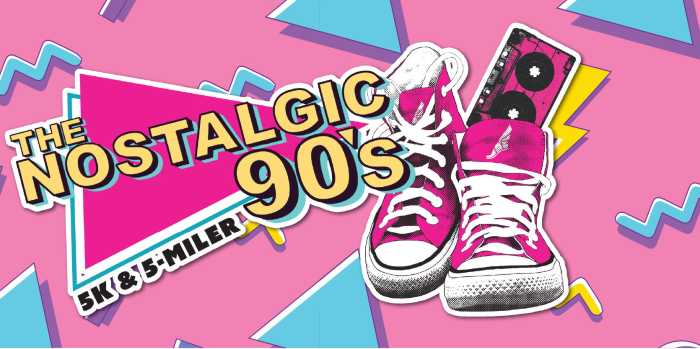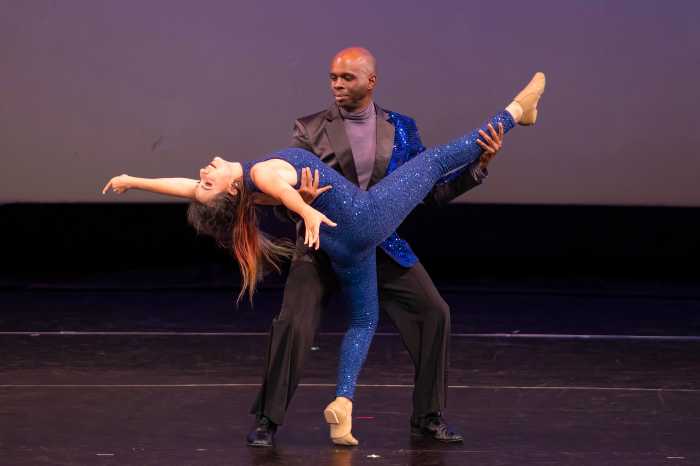
Council Member Peter Koo announced the addition of 5 new loading zones to downtown Flushing yesterday (Council Member Peter Koo Twitter)
Dec. 19, 2019 By Michael Dorgan
City Council Member Peter Koo announced the installation of five new loading zones in downtown Flushing yesterday.
The new installations will effectively double the current number of loading zones in an effort to tackle traffic congestion and loading/unloading challenges experienced by small businesses in the area.
The announcement follows multiple meetings over the past year between CM Koo’s office, the Downtown Flushing Transit Hub, the Department of Transportation (DOT) and Community Board 7.
“These five new loading zones should dramatically decrease the burden on our small business community while helping to decrease double parking, traffic congestion, and improve bus travel times in downtown Flushing,” Council Member Koo said.
“For too long, delivery trucks have double parked on major thoroughfares in downtown Flushing, and by doubling the number of loading zones in this transportation hub, we are looking to improve the travel experience for all in our community,” he said.
One of the busiest transportation hubs in New York City, the area has a commercial corridor with more than 20 bus lines and hundreds of thousands of daily visitors.
“These new loading zones in Downtown Flushing will better balance the curbside needs of this dynamic commercial district,” said NYC DOT Queens Borough Commissioner Nicole Garcia.
“Loading and unloading will be much easier for neighborhood businesses, and the community will experience less congestion from double parking,” she said.
Recent traffic pattern changes and competition with bus, vehicular, and pedestrian traffic have also led to increased traffic congestion.
More than 200 supermarkets and restaurants populate downtown Flushing with some locations like the popular New World Mall food court receiving up to 100 truck deliveries each day.
“Downtown Flushing has over 2,000 businesses. Of those, we have around 230 restaurants, seven supermarkets, and numerous professional services,” Executive Director of the Downtown Flushing Transit Hub, Dian Yu said. “Additional loading and unloading zones are extremely crucial to the success of our local business.”
The five new loading zones are:
· Main Street, west side, between 37th and 38th avenues (all days).
· Part of Roosevelt Avenue, north side, between Main Street and Prince Street, (7 a.m. to 7 p.m., all days).
· 40th Road, north side, between Main Street and Prince Street (7 a.m. to 7 p.m., except Sunday).
· Part of 41st Avenue, north side, between Main Street and College Point Boulevard (7:30 a.m. to 7 p.m., except Sunday)
· Part of 41st Avenue, south side, between Main Street and College Point Boulevard (8 a.m. to noon, except Sunday)
These five new locations will supplement the following existing loading zones:
· 39th Avenue, south side, between Main Street and 138th Street
· Roosevelt Avenue, north side, near the corner of Union Street
· Part of 40th Road, south side, near the corner at Main Street
· Part of 41st Road, north side, near the corner at Main Street
· Part of Barclay Avenue, north side, between Kissena Blvd and Union St.
2 Comments







When will the old Flushing Bus Terminal come back? There was seed money in the current MTA $32 billion 2015 – 2019 Capital Plan to look into the possibility of the long forgotten Flushing Bus Terminal, which closed in 1954. To date, there is no indication that these dollars have been spent. This need has been previously documented in planning studies going back to the 1960’s. Construction of a Flushing intermodal bus terminal could facilitate a smoother transfer between bus and subway. In the early 1960’s Flushing Municipal Parking Lot 1 was thought of for construction of an intermodal bus terminal. This facility would take hundreds of buses off the surrounding streets, where they discharge and pick up riders. For 55 years, generations of public officials, on a bipartisan basis, have failed to secure any funding necessary to support environmental review, design, engineering and construction of this badly needed transportation improvement.
From the 1960s to today, there has been an explosion in the number of commuters riding buses to Flushing and transferring to the subway. This has been complimented by a huge growth of commercial businesses accompanied by the demolition of homes to support construction of apartment houses and multi family homes in the surrounding neighborhood. Just walk in any direction from the corner of Main Street and Roosevelt Avenue in downtown Flushing and see for yourself. Buses traveling to, from and thru downtown Flushing move at slow speeds due to excess traffic not only during rush hour but also off peak. This results in a longer commute for riders and periodic bunching of buses on many routes.
Construction of a climate controlled intermodal bus terminal could assist in improving traffic and pedestrian circulation in and around the intersection of Main Street and Roosevelt Avenue along with the rest of downtown Flushing. Over 60,000 rush hour #7 subway riders and thousands more off peak would be protected from heat, cold, rain, snow and winds. There could be a smoother transfer between the bus and subway. Opportunities would still be available for air rights above the bus terminal for parking, joint development of retail, office and/or residential units, including affordable housing.
How disappointing that no elected official has ever stepped forward to honor this commitment from decades ago.
Diogenes is still looking for any MTA board member or public official to add this project to the MTA’s upcoming $51 billion 2020 – 2024 Capital Program Plan.
In the interim, a short term improvement could be construction of bus holding lights at bus stops. This would assist riders transferring from subway to bus when a train arrives several minutes after scheduled bus departures. Missing a bus by a minute or two during off peak hours (when buses operate with longer intervals) is frustrating to riders. Why not also invest in installation of bus holding lights at other major bus to subway transfer connections as well?
(Larry Penner is a transportation historian, writer and advocate who previously worked 31 years for the Federal Transit Administration Region 2 New York Office. This included the development, review, approval and oversight for billions in capital projects and programs for the MTA, NYC Transit, Long Island and Metro North Rail Roads, MTA Bus, NYC Department of Transportation along with 30 other transit agencies in NY & NJ)
.
Like as if this will help. The truck driver will still park wherever he feels like. I have seen this too many times.